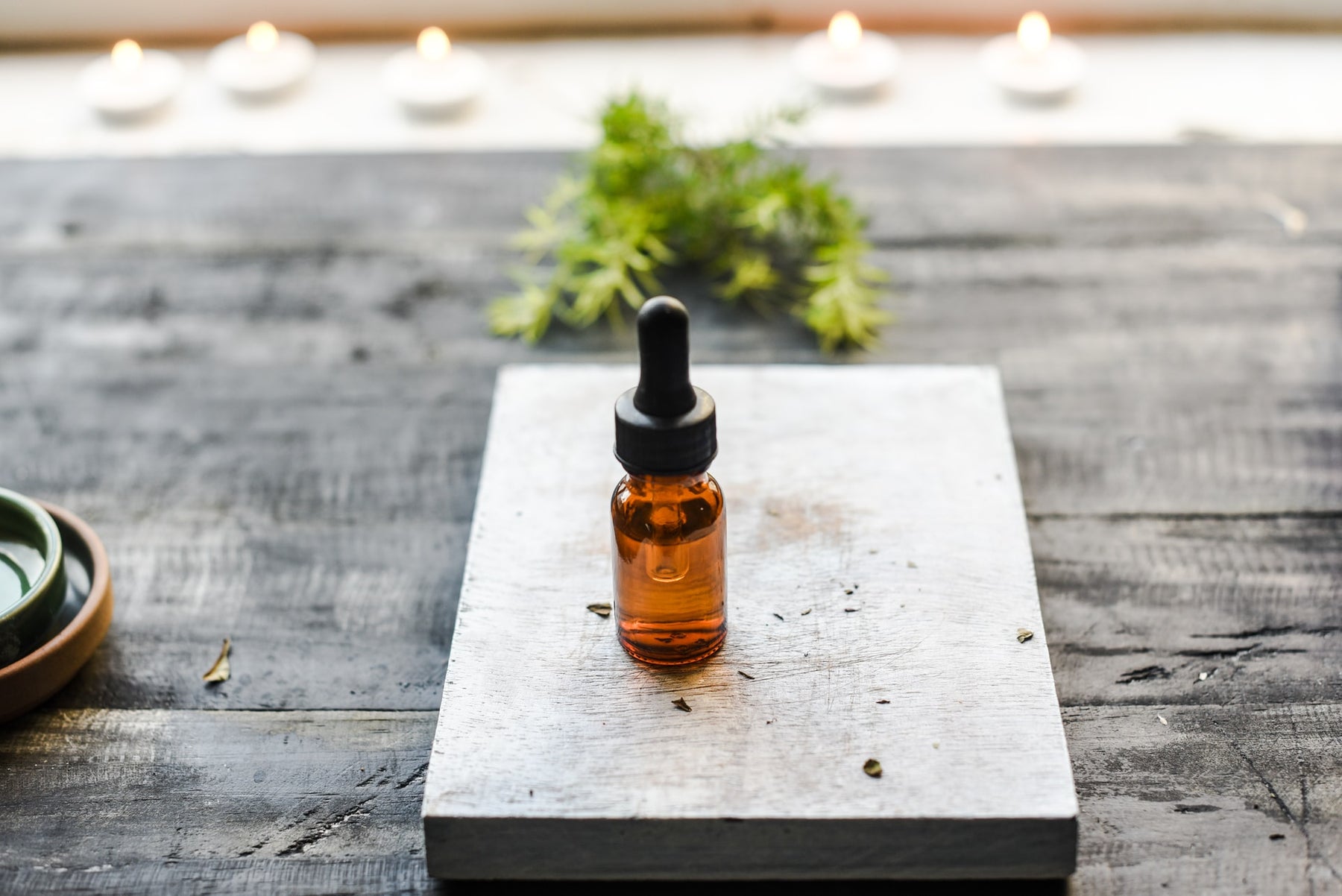
Australian Dynamo You Can Use to Feel Great
As I write this, we’re heading into fall. On the other side of the earth, well, on the underside of the earth that is, they’re heading into spring.
Springtime in Australia means time for one of the most useful plants on the planet.
It’s called “tea tree.”
Specifically, tea tree comes from a plant known as Melaleuca alternifolia, and this plant is one of 230 plants in the melaleuca family.
This plant has been used for hundreds of years by aboriginal tribes in the area, but over the past 70 years it’s been the subject of increased scrutiny.
Fortunately, most of that attention is positive.
Clinical trials of tea tree support the use of this plant and the toil it exudes for numerous health concerns.
What makes tea tree oil so useful? And how can you use it to feel better?
Glad I made you ask that question and I’ll provide all these details for you below.
What Makes Tea Tree Oil An Amazing Health-Supporting Product
Tea tree oil is best used as an extract or an essential oil.
In almost every instance it should be applicatied topically. I’ve seen where people ingest tea tree oil, and I would not suggest that.
We don’t have any medical studies showing that tea tree oil is safe to eat.
So please, don’t eat it, or drink it, or take it in a capsule like some people are doing.
That being said, you can put it in your mouth.
And that leads me to my first use for tea tree oil.
1 - Toothpaste:
Easily the leading use of tea tree oil is as an antiseptic or an antibacterial. Many of the uses you’re going to see in this article are related to how tea tree oil kills bacteria.
And if you want, you can make your own toothpaste with tea tree oil in it, or buy premade products with tea tree oil in it.
Best of all is there’s scientific evidence for the use of tea tree oil as a fresh-breath(ener).
Researchers at the European Journal of Dentistry discovered that several of the bacteria that live in our mouths, including Candida albicans, as well as Staphylococcus aureus and Escherichia coli have been shown to die in the presence of diluted tea tree oil.
Not only does that you mean you can use it as toothpaste, there are options to use tea tree oil over other more conventional treatments for keeping infections at bay after dental work.
2 - Helps Create a Clear Complexion:
Most people are aware that what leads to blemishes on our skin is the presence of certain bacteria that inhabit our follicles and skin-ruining infections that lead to nasty pus pockets that hurt and detract from our natural beauty.
Sorry to be gross, but that’s what’s happening when your complexion is messed up by microscopic bugs.
Fortunately for those of you looking for a natural alternative to many of the over-the-counter solutions, tea tree oil offers great protection against follicle infections.
How effective is it?
Again, thanks for asking such great questions.
Dr. Axe wrote this summary about tea tree in an article last year:
“ A 2017 pilot study conducted in Australia evaluated the efficacy of tea tree oil gel compared to a face wash without tea tree in the treatment of mild to moderate facial acne. Participants in the tea tree group applied the oil to their faces twice a day for a 12-week period. Those using tea tree experienced significantly fewer facial acne lesions compared to those using the face wash. No serious adverse reactions occurred, but there were some minor side effects like peeling, dryness and scaling, all of which resolved without any intervention.
Tea tree oil can be a bit harsh until you’ve built up a tolerance to it, so keep that in mind before just coating your face with tea tree oil.
3 - Relieves Irritated Skin:
In addition to helping prevent breakouts, tea tree oil can also help with reducing the imperfections that result from blemishes, as well as occasional flare ups resulting from various other skin conditions.
So what does that mean?
Well, if you have a small cut, or you have a blemish that you didn’t catch in time, applications of tea tree oil could help lessen the aggravated appearance and smooth out your skin.
Research into tea tree oils clinical effectiveness supports the use of tea tree oil to enhance your appearance after running into a rough patch.
In some instances tea tree oil applications actually helped to take skin wounds and reduce their size.
There’s also evidence that it can help to relieve other kinds of skin issues, including helping to reduce the severity of sunburns, sores, and insect bites!
4 - Could Help to end Antibiotic Resistance:
While this use of tea tree oil is still under investigation, there is a possibility that taking tea tree oil instead of antibiotics, or in combination with, could help to reduce the impact antibiotic resistance is having on the world.
Antibiotic resistance is a dangerous issue.
This phenomena is where bacteria refuse to die in the presence of antibiotics; and the problem with that is it could reduce our ability to fight infections in the future.
Fortunately there are studies to support the use of essential oils like tea tree oil in a synergistic approach to kill bacteria and help boost an antibiotics ability to combat bacterial growth.
As researchers from the journal Open Microbiology write in their paper “Combination therapy combining conventional antibiotics and essential oils is currently blooming and represents a potential area for future investigations. This new generation of phytopharmaceuticals may shed light on the development of new pharmacological regimes in combating antibiotic resistance.“
Several studies as well as a meta-analysis of tea tree oil have shown that it is nearly impervious to bacterial resistance.
And that’s why taking it with antibiotics could help us extend how effective antibiotics are for years to come.
Of course, I only recommend taking tea tree oil along with antibiotics with a physician’s approval.
Now I’m only highlighting a few uses of tea tree oil.
Here’s a video that touches on many more:




